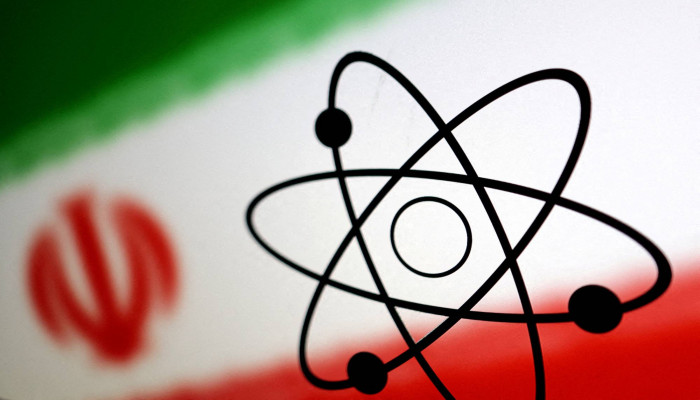IAEA says Iran has uranium particles enriched to nearly atomic bomb grade: Report
- In Reports
- 05:44 PM, Mar 01, 2023
- Myind Staff
The U.N. nuclear watchdog confirmed on Tuesday it had detected particles of uranium enriched up just under the 90% needed to produce an atomic bomb. “Discussions are still ongoing” to determine the origin of these particles, the International Atomic Energy Agency (IAEA) said in a confidential report seen by AFP.
The report said that during an inspection “on 22 January 2023, the agency took environmental samples … at Fordow Fuel Enrichment Plant (FFEP), the analytical results of which showed the presence of high enriched uranium particles containing up to 83.7% U-235.”
“These events clearly indicate the capability of the agency to detect and report in a timely manner changes in the operation of nuclear facilities in Iran,” it continued.
When asked about the presence of the particles, Iran said that “unintended fluctuations” during the enrichment process “may have occurred.” However, last week Iran claimed it had not made any attempt to enrich uranium beyond 60%.
“The presence of a particle or particles of uranium above 60% in the enrichment process does not mean enrichment above 60%,” said the spokesman for the Atomic Energy Organisation of Iran, Behruz Kamalvandi.
Iran has been enriching uranium well over the limits laid down in a landmark 2015 deal with world powers, which started to unravel when the United States withdrew from it in 2018.
The deal was designed to give Iran much-needed sanctions relief in return for curbs on its atomic program. Notably, on and off negotiations between world powers to return to the deal started in 2021 but have stalled since last year.
The IAEA report comes as the head of the U.N.’s nuclear watchdog, Rafael Grossi, is expected to visit Tehran “in the coming days,” following an official invitation by the Atomic Energy Organization of Iran.
"In recent days, we have had constructive and promising discussions” with the IAEA delegation that was already in Iran to investigate doubts about its nuclear program, AEOI spokesman Behrouz Kamalvandi said on Monday.
“It is hoped that this trip will form the basis for greater cooperation and a clearer horizon between Iran and the IAEA,” he added.
Tehran has repeatedly insisted that it is not planning to build a nuclear bomb.
In the report, the IAEA said that Iran’s estimated stockpile of enriched uranium had reached more than 18 times the limit set out in the 2015 accord between Tehran and world powers.
It estimated Iran’s total enriched uranium stockpile was 3,760.8 kilograms (8,291 pounds) as of February 12, an increase of 87.1 kg compared to the last report in November. The limit in the 2015 deal was set at 202.8 kilograms of uranium.
The IAEA has repeatedly warned it has lost its ability to fully monitor Iran’s program since the Islamic republic started to restrict its access in February 2021. Iran’s stockpile of uranium enriched to 60% stood at 87.5 kg, up from 62.3 kg, the report said.
Iran now also has 434.7 kg of uranium enriched up to 20%, up from 386.4 kg in the November report.
Regarding the particles enriched to 83.7% detected in Iran, Kelsey Davenport, expert from the Arms Control Association, said that “even if it is accidental, it is no less worrying.”
“This should be a wake-up call” for the international community, she said in a recent online briefing, calling on the United States and Iran to define a new strategy to defuse the crisis.
On Sunday, CIA director William Burns said Iran’s nuclear program was advancing at a “worrisome pace.”
Iran has “advanced very far to the point where it would only be a matter of weeks before they can enrich to 90%, if they chose to cross that line,” Burns told broadcaster CBS.
He added, however, that the United States did not believe Iran’s supreme leader, Ayatollah Ali Khamenei, had decided to “resume the weaponization program that we judge that they suspended or stopped at the end of 2003.”
In January, the IAEA’s Grossi said Iran had “amassed enough nuclear material for several nuclear weapons.”
Image courtesy: Representative image/Reuters







Comments